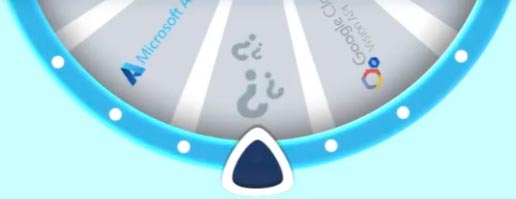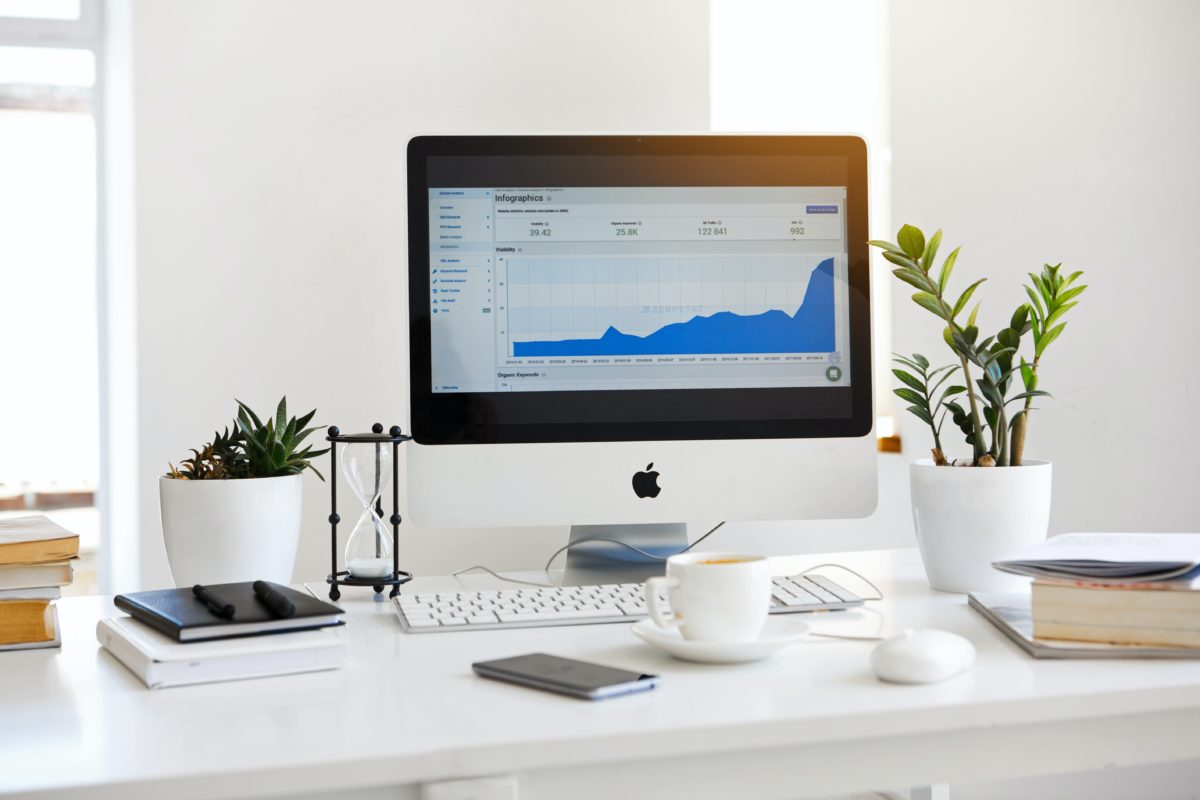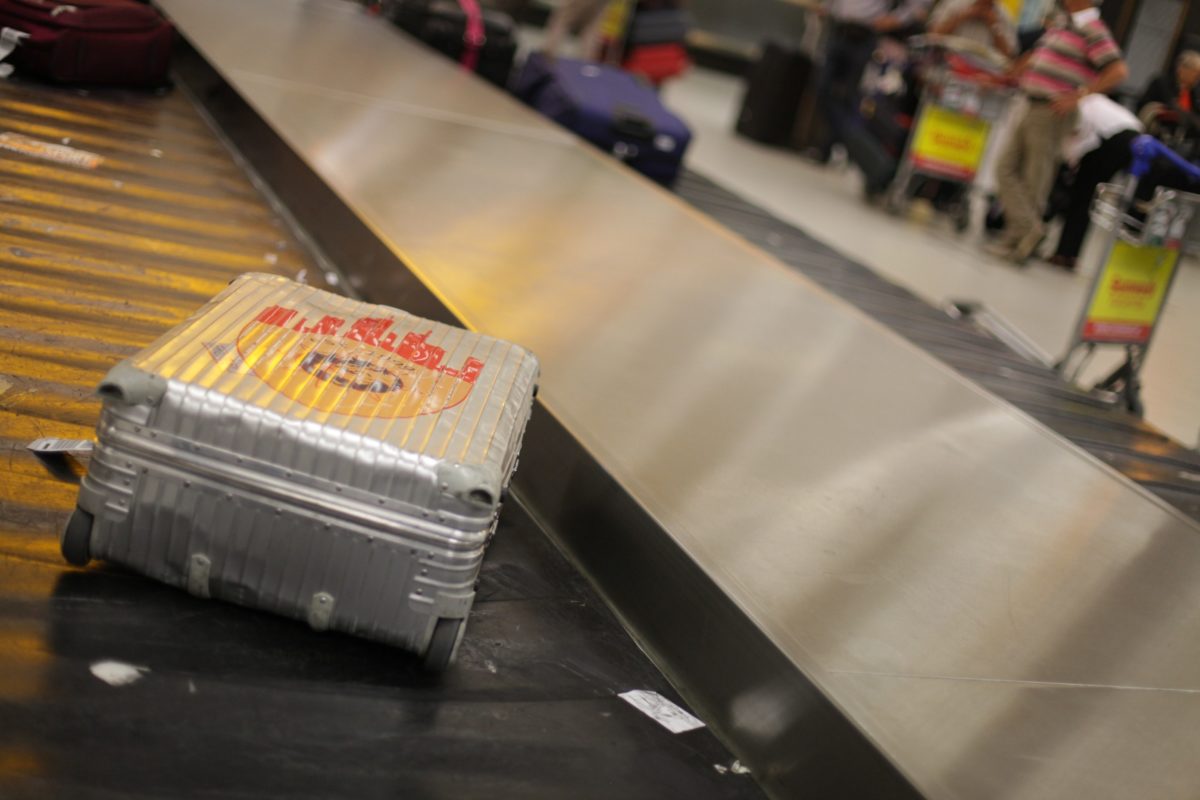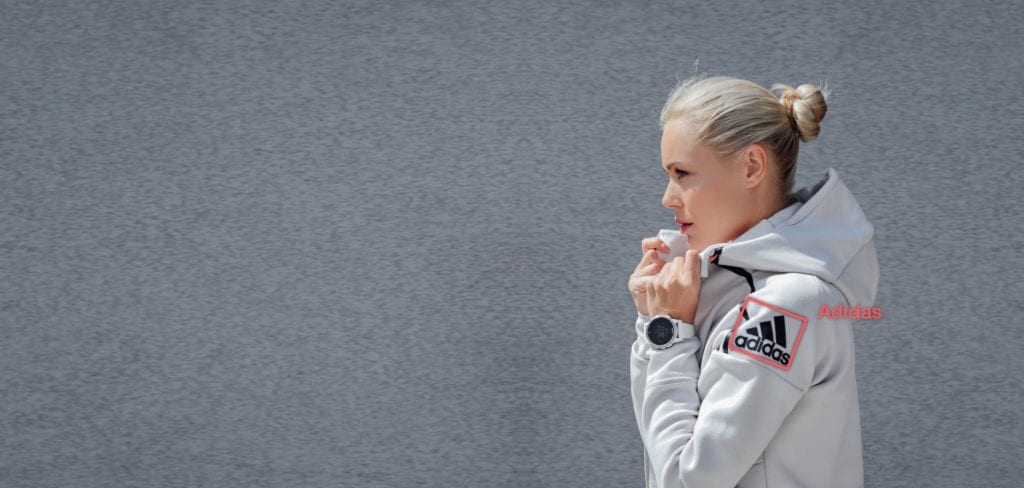Marketing Advice During COVID That Could Kill Your Business
VISUA Marketing Director, Franco De Bonis highlights the risk of taking marketing advice during COVID at face value
Marketers around the world are being advised to continue spending on marketing or in some cases to spend even more than they would have done
previously. ‘Don’t hunker down’ is the advice. Certainly, this echoes military strategy that tells you that when you’re under fire, keep moving, because staying still means certain death! Usually, I would agree with this advice, but we’re not in usual times. I have a different view. It’s a little unique and it’s shaped by my involvement in VISUA, a visual-AI company with very specific technologies in the area of brand protection and brand monitoring. My professional view is that this advice, swallowed whole, could kill your business or significantly hurt your brand, and I’m going to tell you why.
Business in recessionary times
Firstly, let me give you some context. I’m a young, almost 50-year old, veteran marketer. I worked through multiple recessions, but the 2008 to 2013 one was the one that hit hardest for me. I was running a fledgeling digital agency and like everyone else, I was saying ‘keep spending’. Yes, we clearly had an interest in giving that advice, but it wasn’t wrong. We had lots of examples of companies that used the recession to optimise processes and reduce costs, but ultimately continued communication with consumers. During the Great Depression, Ford failed to adequately capture the mood of their customers. Meanwhile, General Motors optimised everything and consolidated designs to maximise and simplify inventory. This allowed them to cut prices by up to 70%! They then went to market with new car models that, combined with their marketing communications, better-addressed buyer’s needs and desires. The end result was that GM stole the major market share from Ford, who were unable to react for many years to come.
More recently, during the recession of the 90s, McDonald’s slashed its advertising and overall marketing budget. They misread the temperature of their customer base who might not have had the money for fancy meals, but still wanted ‘comfort food’. Pizza Hut and Taco Bell conversely drove major campaigns which saw them enjoy sales increases of 61% and 40% respectively, while McDonald’s sales dropped by 28%. I’m sure their executives simply blamed ‘the downturn’.
It’s easy to look at back at the winners and losers and draw conclusions. In reality, each side took a risk. But had they been able to really ‘listen’ to consumers and hear what they were saying, both Ford and McDonalds might have made a different choice.
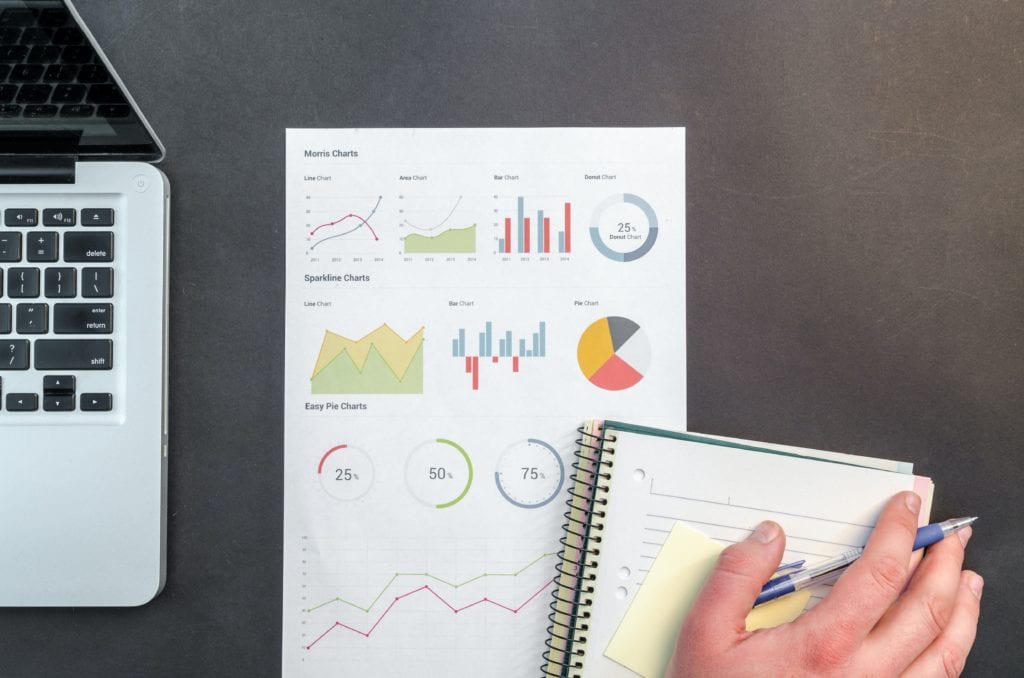
A different kind of recession
For my business, the 2008 recession was a purely economic one. Unlike the COVID-19 outbreak now, people could still go about their daily lives and do what they wanted. However, because they either didn’t have money or were sitting on money for when it all turned back around, the narrative became one of value. It was the era where big-name value supermarkets took a major foothold in many countries. Bottom line I came out the other end with the scars to prove it and like everyone else adapted our offering to stay relevant. By 2015 the market was returning to normality and quality was again becoming as important as value.
Oh for those simpler times! This COVID-19 era means that any communications need to be carefully considered. From those that want to stay in lockdown until it’s 100% safe to come out, to those that want to roll the dice and just get back to work. There are those that are still working, and earning, many of them from home, and others that are laid-off or furloughed. There are families who have lost loved ones and others who are completely untouched. Bottom line, as the popular message goes ‘We are NOT all in the same boat’. Any brand or business embarking on a campaign right now is stepping into a potential minefield of messaging. Get it wrong and the user won’t just ignore it, they’ll get mad and they’ll tell everyone they’re mad.
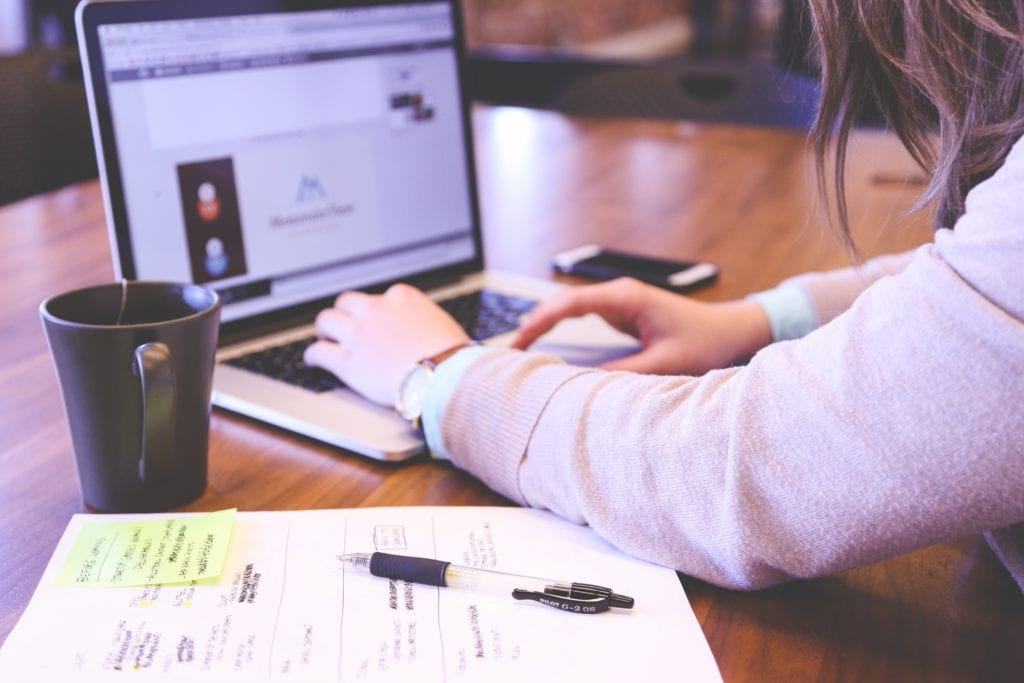
Getting the messaging right
Of course, you don’t want to be like the clothes company that promoted the lockdown as “the perfect opportunity to get dressed up”, or certainly
promoting any kind of travel is not only pointless but would annoy consumers. Think also of ads and imagery that have subtle issues, like being too close to others, sharing a drink with 2 straws or simply dipping into someone else’s bag of chips. These are all innocent things that wouldn’t
have been a problem pre-COVID would now cause disdain and even offence.
However, there is a wonderful tool available to today’s marketers that wasn’t available in the 1920s or 1990s. Even in 2008, it was too basic to
really be of any use. But today, Brand Monitoring can provide incredibly powerful insights into the psyche of a populace, allowing
marketers and brand owners to hit the mark with their messaging and avoid the cliff edges. Platforms like Brandwatch and Synthesio power systems that will allow you to measure the temperature of posts on certain subjects, to see how users react to your posts and those of competitors and then see what those users share in turn about you and related companies. But just as all things develop, so does Brand Monitoring. The most recent advancement is the ability to engage in Visual Monitoring. As ever more users post visual content (images and video) and less text, the ability to analyse visual content is crucial.
From identifying your logo and those of key competitors in images and video to deciphering text that users are ‘burning’ into the images, such as
#COVID-19 and #CORONA. Additionally, brand marketers can identify correlations between their products in images, other products in the image
and the overall scene itself. For example, as the gyms are closed, if you’re a brand marketer for Nike or Adidas, you might see your shoes being used in videos of workouts in the garden or in a living room. If you sell Prosecco (a product that has seen a massive boom during this period) you might see lots of images and videos of online parties and analyze the media to identify important trends (such as the highest percentage of posts contain
champagne flutes or gin glasses). This kind of data would be impossible to gather by humans, but for Visual-AI it’s a piece of cake.
The last thing to consider
But there’s a final piece too. It’s relevant to companies that manufacture and sell physical or digital products. One thing that has grown
during this period is fake and counterfeit goods. You could very well implement the best marketing campaign that is totally in touch with your
customer base and effectively putting money into counterfeiters hands. But again Visual-AI has the answer. Companies like Red Points and Nagra have platforms that use Visual-AI to identify possible fakes on platforms like Amazon, Ebay and any other ecommerce site. Whether it’s a bad fake with a poor representation of your logo, a really good counterfeit that has some minor differences too close for the average buyer to spot or even someone who’s stolen your product ID and slapped a generic logo on it – Visual-AI can find it and log it, making the take-down process much easier and so much faster.
So, if you’re planning a campaign or want to see how a campaign is being received, you need to be sure to do some in-depth brand monitoring that
includes monitoring of the visual media. You also need to run a counterfeit detection/brand protection campaign to ensure the money you spend comes back to you in sales.
Not doing these two things means taking too large a risk. You’ll either spend and hope it doesn’t explode in your face or you’ll ‘hunker down’ and
give the stage to your competitors.
RELATED
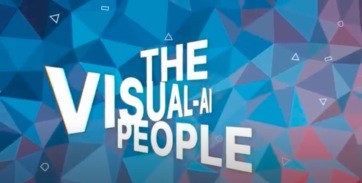 Video: We Are VISUA Posted in: Everything Else - Discover why we’re the Visual-AI people - delivering cutting-edge computer vision solutions ranging from logo/mark detection and counterfeit product detection to holographic authentication and phishing detection...
Video: We Are VISUA Posted in: Everything Else - Discover why we’re the Visual-AI people - delivering cutting-edge computer vision solutions ranging from logo/mark detection and counterfeit product detection to holographic authentication and phishing detection...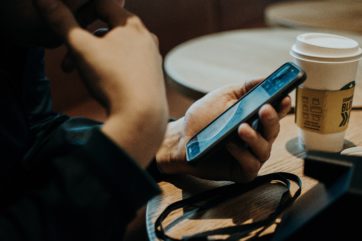 4 Ecommerce Trends – Updated for 2022 Posted in: Everything Else - Reading Time: 3 minutesAs 2022 is well underway, new trends are beginning to emerge within the world of ecommerce. The online retail industry saw an […]
4 Ecommerce Trends – Updated for 2022 Posted in: Everything Else - Reading Time: 3 minutesAs 2022 is well underway, new trends are beginning to emerge within the world of ecommerce. The online retail industry saw an […]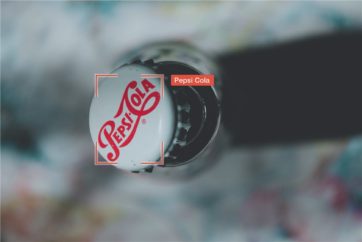 8 Visual-AI FAQs Posted in: Everything Else - Reading Time: 5 minutes1. What is Visual-AI? Visual-AI is the identification of objects and logos within an image. When using Visual-AI technology, images or videos […]
8 Visual-AI FAQs Posted in: Everything Else - Reading Time: 5 minutes1. What is Visual-AI? Visual-AI is the identification of objects and logos within an image. When using Visual-AI technology, images or videos […]
Could Computer Vision be the Solution to the International Luggage Issue?
Reading Time: 4 minutesThe explosion in world travel after the easing of lockdowns and travel restrictions has seen airports struggle…
Everything Else TechnologyFranco De Bonis Interview With Private Internet Access
Reading Time: < 1 minuteVISUA Marketing Director Franco De Bonis sat down to chat with Private Internet Access recently to…
Everything ElseThe History of the Logo
Reading Time: 4 minutesThe beginning of logo design We all know that a logo has the potential to be a…
Everything Else